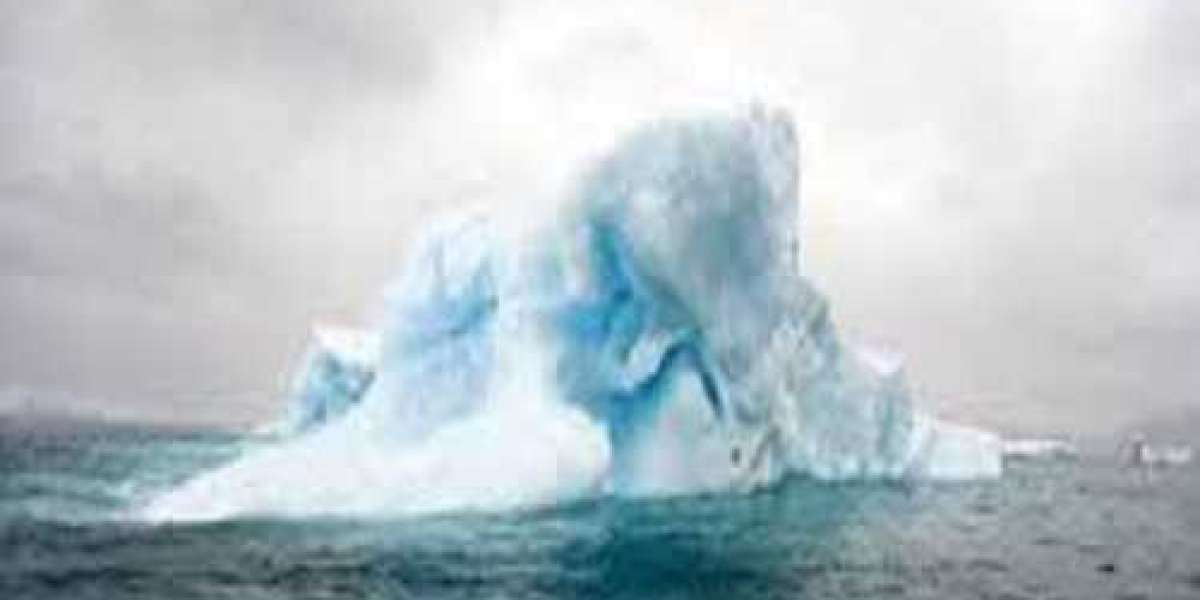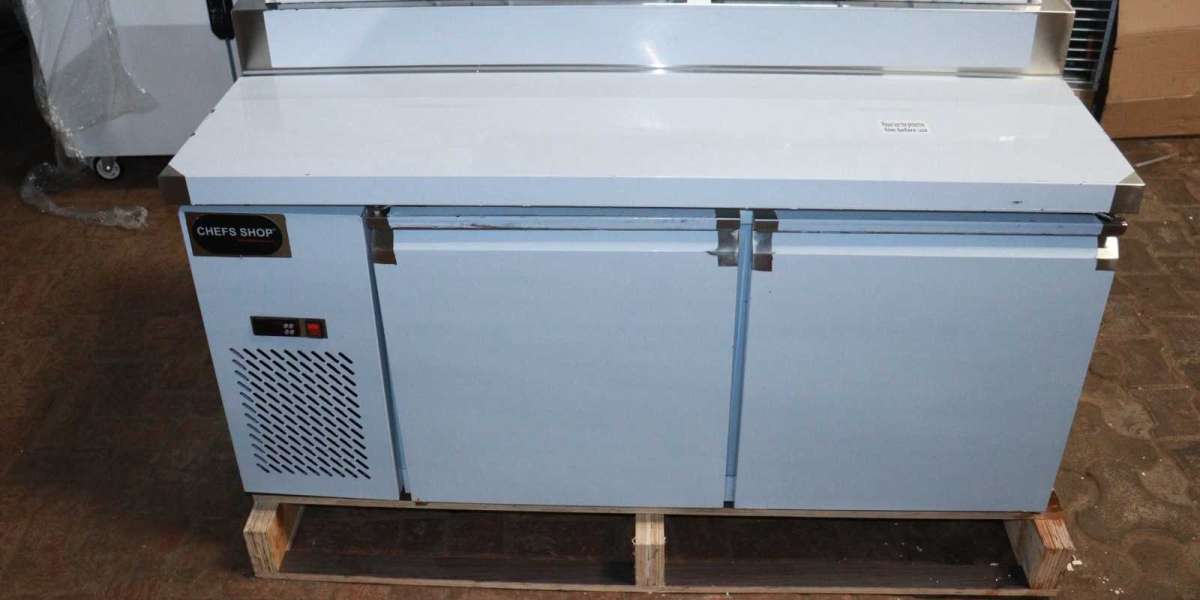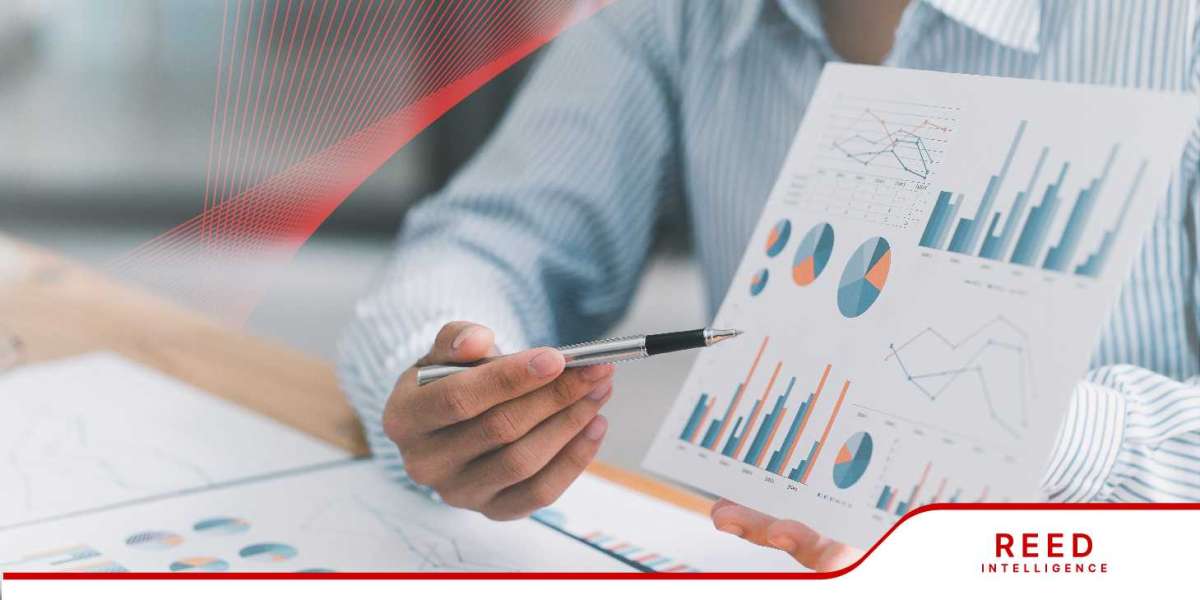What is BWMS Sensor Calibration?
BWMS sensor calibration involves adjusting and verifying the performance of sensors used in ballast water treatment systems. These sensors measure various parameters such as salinity, turbidity, and flow rate, which are critical for the system's effective operation and compliance with international regulations.
Why is BWMS Sensor Calibration Important?
Regulatory Compliance: Accurate sensor calibration ensures that BWMS operations meet international regulations, such as the Ballast Water Management Convention. Non-compliance can lead to fines, delays, or even vessel detainment.
System Efficiency: Properly calibrated sensors ensure that the BWMS operates efficiently, reducing the risk of system failure and ensuring effective treatment of ballast water.
Environmental Protection: Accurate sensor readings are vital for preventing the release of invasive species into new environments, thus protecting marine biodiversity.
The Calibration Process
Preparation:
Review Manufacturer Guidelines: Understand the specific calibration requirements for each sensor based on manufacturer recommendations.
Gather Calibration Equipment: Ensure you have the necessary calibration standards and tools, such as calibration fluids and adjustment devices.
Initial Checks:
Inspect Sensors: Check for any physical damage or contamination that might affect sensor performance.
Verify Connections: Ensure all connections are secure and free from corrosion.
Calibration Procedure:
Follow Manufacturer Instructions: Perform calibration according to the manufacturer’s guidelines, usually involving the application of known standards and adjustment of sensor readings.
Document Calibration Data: Record all calibration data, including the sensor’s response to standards, adjustments made, and any anomalies observed.
Post-Calibration Verification:
Test System Performance: After calibration, test the BWMS to ensure that the sensors provide accurate and reliable data under operational conditions.
Review Calibration Records: Check that all calibration records are complete and accurate for future reference and compliance audits.
Best Practices for Maintaining Sensor Accuracy
Regular Calibration: Schedule regular calibration intervals as recommended by the sensor manufacturer and regulatory bodies. This ensures sensors remain accurate over time.
Environmental Considerations: Be mindful of environmental factors that can affect sensor performance, such as temperature fluctuations, humidity, and chemical exposure.
Preventive Maintenance: Implement a preventive maintenance program to regularly clean and inspect sensors, reducing the likelihood of calibration issues.
Training and Expertise: Ensure that personnel responsible for calibration are adequately trained and experienced to perform accurate calibrations and troubleshooting.
Common Calibration Challenges and Solutions
Drift in Sensor Readings:
Solution: Regularly recalibrate sensors and replace any components that show signs of wear or degradation.
Inconsistent Calibration Results:
Solution: Verify that calibration standards are within their expiry dates and that calibration procedures are followed meticulously.
Environmental Interference:
Solution: Use shielding and environmental controls to minimize the impact of external factors on sensor performance.
Conclusion
Effective BWMS sensor calibration is crucial for ensuring regulatory compliance, system efficiency, and environmental protection. By following established calibration procedures and best practices, vessel operators can maintain accurate sensor performance, safeguard marine ecosystems, and avoid operational disruptions. Regular calibration and maintenance are essential components of a comprehensive ballast water management strategy, helping to preserve the health of our oceans and comply with international standards.








